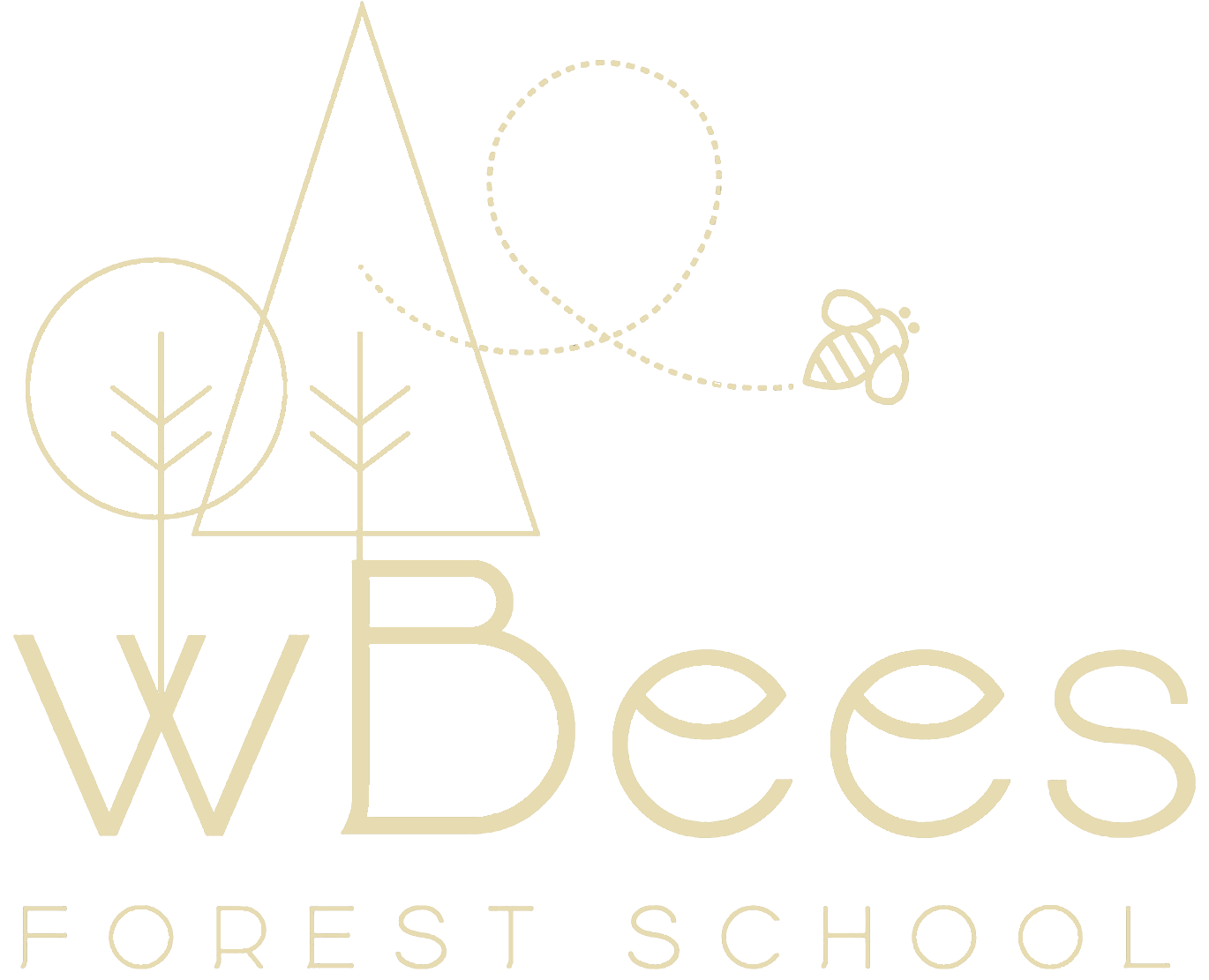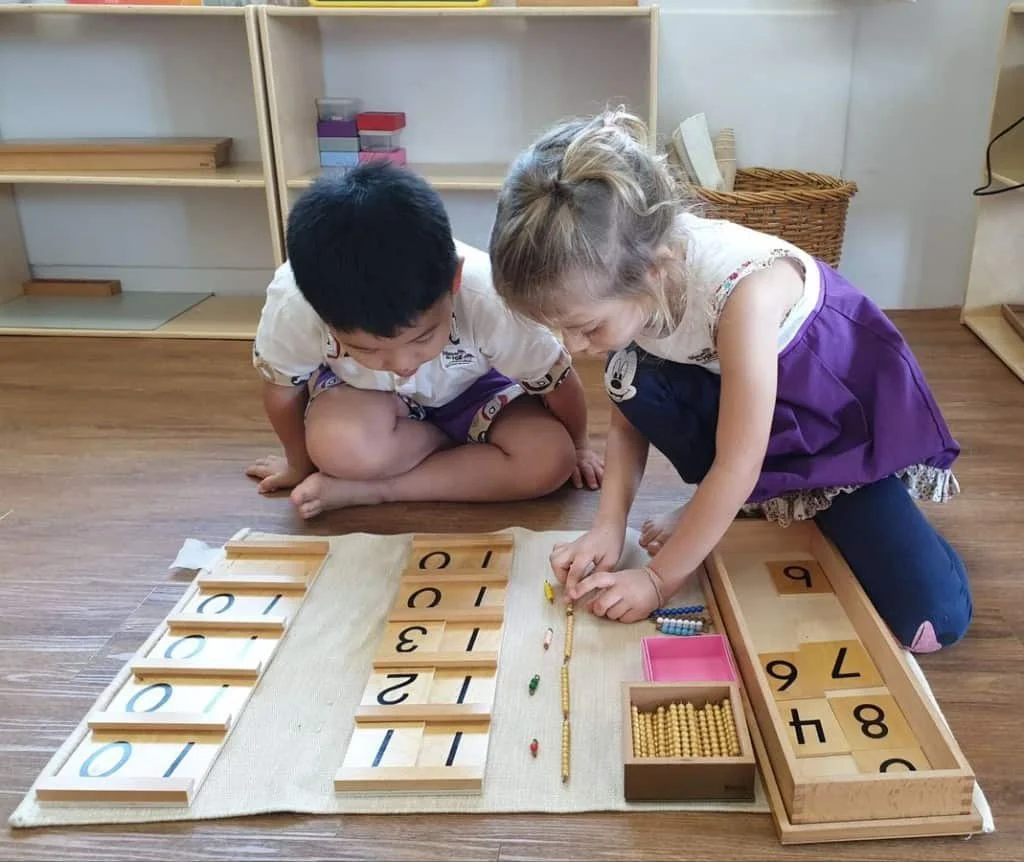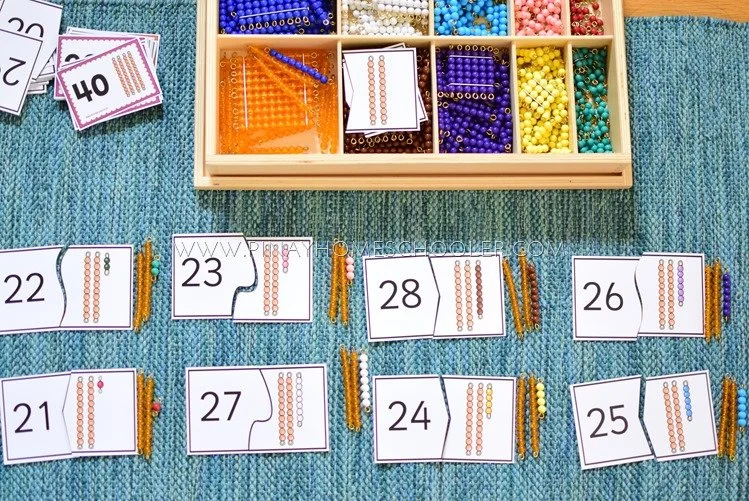Mixed- Age Classrooms and Looping
A cornerstone of the Montessori Method is the concept of mixed-age classrooms. These are classrooms featuring mixed-age groups where children of different ages learn and play together. It’s a very intentional design that offers a plethora of benefits.
Peer Learning Opportunities:
There’s something so powerful for children to learn from their peers. Younger children love learning from their older peers through observation and also interactions. Younger children also get exposed to a variety of materials and presentations. Even if they’re not necessarily ready to learn a certain skill or area of focus, they have the ability to explore it to their own potential and be immersed in a diverse learning environment.
Older children in mixed-age classrooms are often seen giving lessons to their younger peers or being avid helpers with it comes to skills they’ve mastered. It is scientifically proven that teaching someone else is the best way to learn- The Portégé Effect. This allows older children to both exercise what they’ve mastered and further develop their leadership skills, empathy, and empowerment.
Social Development:
Children learn to navigate social dynamics in a diverse setting, preparing them for real-world interactions. Traditional school settings are one of the only places in which people are strictly divided into age groups of their own age. Being amongst children older and younger allows for children to be exposed to people of different abilities and capacities, expanding their understanding of their social worlds.
One benefit that isn’t much talked about is the elimination of competition between students. Having a range of ages and abilities naturally moves attention to the range of talents and abilities rather than moving toward comparison. Because children are following their own learning blueprint, they advance at their own pace rather than at the pace of the entire class. It also allows children of any age to learn at their own pace while being exposed to materials and concepts that are forthcoming for them.
Growth Mindset:
When children have the ability to see a range in learning processes amongst their peers, they implicitly develop a growth mindset. For their age, young children have a hard time conceptualizing and remembering that they currently have a variety of different skills and capabilities as compared to what they were able to do a year ago. In a mixed-age setting, they see it daily and the developmental trajectory is very apparent. They see their peers mastering works they know by heart and cheer others on and share their expertise. They see other their peers working towards new and challenging works. They look up to their peers and look forward to soon mastering the same materials themselves.
Individualized Learning
Most importantly, the mixed-age Montessori classroom is tailored to allowing students have more time to explore academic concepts at their own interest and readiness. Because there is no classroom agenda, children who are ready for more complex language works can begin to explore them without having to wait for the rest of the class to catch up. On the other hand, any child can go back to an old and familiar work to practice their skills or learn something new through exploration and experimentation.
Moreover, individualized education has the advantage of teaching children that wherever they are is just right for them! In a world of standardized tests, benchmarks and milestones that need to be met, the Montessori classroom offers a wider breadth of time and space for children to understand concepts and to learn at a pace that comes naturally to themselves, not what is “average” for their age or what is expected by the standardization of a very generalized system. This is an invaluable lesson that they take with them as they learn to value their strengths and see their areas of growth as what they are, rather than downfalls.
“The main thing is that the groups should contain different ages because it has great influence on the cultural development of the child. This is obtained by the relations of the children among themselves.”
Another key feature of the Montessori Method is the concept of “looping”. Looping refers to a child returning to the same classroom year after year. There are a multitude of benefits to this model as well, not only from a social-emotional perspective, but also from a cognitive and academic lens as well.
Establishing a comfortable environment:
Returning to the same classroom with the same teachers provides a familiar and secure environment in which the children feel empowered to explore and learn. Continuing with the routines and structures that are set is such an integral part of a child’s feeling of safety. Just as your child is comfortable and aware of what to expect each day when they return home, children who return to their same classroom for a second or third year, have that same sense of returning to a space that is theirs. For children who are transitioning from Seedlings to the Primary classrooms, it’s a big step in a very familiar direction. Our graduate Seedlings thrive in their transition to the Primary because the teachers are familiar from classrooms cross-mingling at the park and the overall wBees educational philosophy, approach to early childhood education, and our view of children is held strongly and deeply within all of our classrooms and staff members.
Consistency in Teaching Methods:
Continuity allows children to build on the skills and knowledge acquired in previous years, providing a solid foundation for future learning. Moreover, their teachers are keenly tracking their development and learning, so their progress into the following year will be seamless. Our Seedlings teachers meet with Primary teachers to give them detailed profiles on each Seedlings graduate entering their classroom so they are welcomed with not only loving arms into their new classroom but also knowledgeable teachers who are ready to pick up where they left off in Seedlings.
The ways in which we teach boundaries and expectations, academics, and personal-social skills are consistent and so are the materials and teacher presentations. Children entering the Primary classrooms or our 3s and 4s returning for another year will be able to pick up right where they left off. They’ll understand how to ask for a presentation, how to use and return materials, and most importantly, how to explore and discover within our Montessori structure.
Deepening Relationships:
The bonds that are created between children and teachers are so important to our students’ wellbeing while at school. Children returning to their same teachers will continue to grow their bonds, along with returning classmates! Teachers love to see the progression from 2s to 3s and into 4s and 5s as it allows them to use their holistic approach and whole-child view to cater their curricular and academic plans to the interests and developmental stages of their students. Seedlings alum crossing into the Primary classrooms get to establish loving and caring relationships with their new teachers that will already know some information and their faces before the start of the year. And of course, they’ll have their Seedlings buddies alongside them!
Extensions and New Units of Study:
Most schools have a set curricular plan that they follow each year. We’re privileged that we do not need to follow this rigid structure! One year, the Sycamores might have a robust unit on outer space, the next, they’ll deep dive into a unit on hibernation and woodland animals. Our teachers love to keep it fresh and unique, but most importantly, they cater the curricular units to the students’ interests and developmental stages. No matter how many years your child is with us, no two school year curricular plans will look alike. In terms of our classic Montessori materials, they all grow with the children! The classic pink cubes, brown prisms, counting beads, and so on have long lives on our shelves but just like children, they too grow and expand to meet their ever-changing cognitive abilities. Our counting beads are extended from single digit to the teens with ten bars, which later extend to hundred squares and lastly thousands cubes; it’s a sight to see!
“Our schools have shown how children of different ages help one another. The younger ones watch what the older ones are doing and ask all kinds of questions, and the older ones explain. This is really useful teaching, for the way that a five year old interprets and explains things is so much nearer than ours to the mind of a child of three that the little one learns easily, whereas we would scarcely be able to get through to him.”



